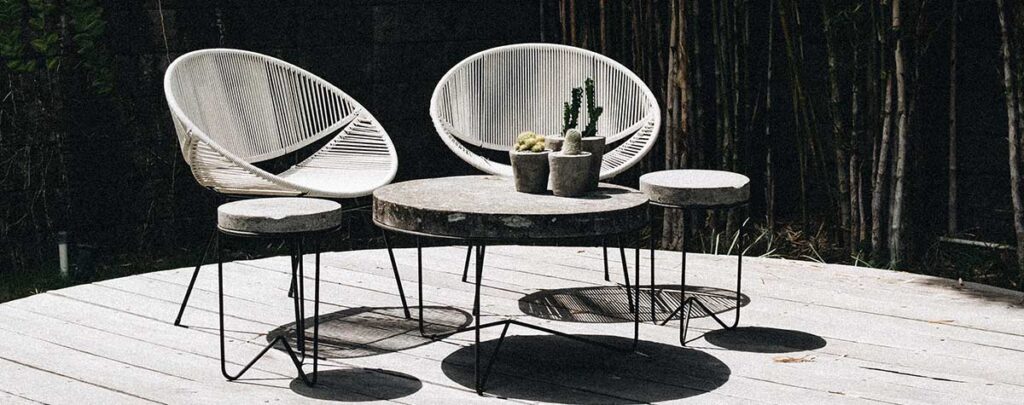
Deck idea #1: building a raised deck for small spaces
1. Use multi-level decks to make the most of vertical space.
2. Incorporate built-in seating and storage into your deck design.
3. Use lighter colors and materials to visually open up the space.
4. Choose low-maintenance materials to reduce future work.
Deck Ideas #2: Build a floating deck over an open space
Building a floating deck is relatively easy, but there are a few th that you want to use for outdoor entertaining, a floating deck is a great solution. A floating deck is simply a deck that is attached to the ground using wooden beams and supports. This eliminates the need for a concrete foundation, which means your deck canings you need to keep in mind. First, you need to make sure the ground is level so that your deck doesn’t wobble. You can do this by using landscaping ties or stakes and string to create a perimeter around the area where you want your deck to go. Then, use a shovel to remove any grass or weeds inside the perimeter so that the ground is completely clear.
Next, you’ll need to calculate how much lumber you need for your project. To do this, measure the length and width of the area where your deck will go, then multiply those numbers by eight (this will give you enough lumber for both the frame and the flooring of your deck). Once you have your lumber, cut it into pieces according to the instructions for your particular project.
Then, it’s time to start building! Begin by creating a frame for your deck using four of your lumber pieces. Nail or screw these pieces together at each
Deck Idea #3: Add a deck to the side of your home
Adding a deck to the side of your home can be a great way to add extra living space and value to your home. But if you have a small space, you may be wondering how to make the most of it. Here are some decking ideas for small spaces that can help you make the most of your outdoor space.
1. Go vertical: If you have a small yard, going vertical with your decking can give you more usable space. Building a multi-level deck or adding stairs can help you make the most of a small area.
2. Use built-in seating: Incorporating built-in seating into your deck design can help save space. Benches or planters with built-in seats are great ways to add seating without taking up too much space.
3. Get creative with shapes: If you’re short on space, get creative with the shape of your deck. A curved deck or one with an irregular shape can help make the most of a small area.
4. Keep it simple: Sometimes less is more when it comes to decks for small spaces. A simple design can be easier to build and maintain than an elaborate one. And keeping things simple can also help you save money on materials and construction costs.

